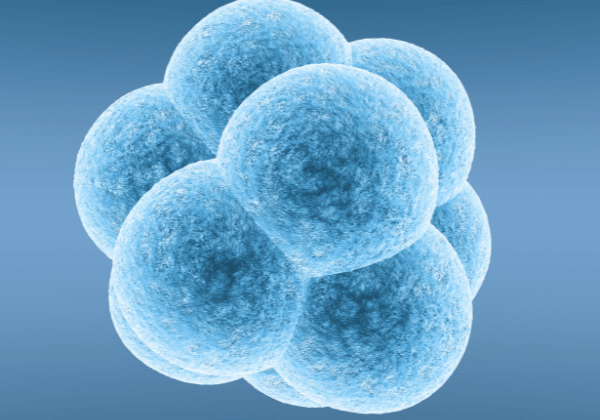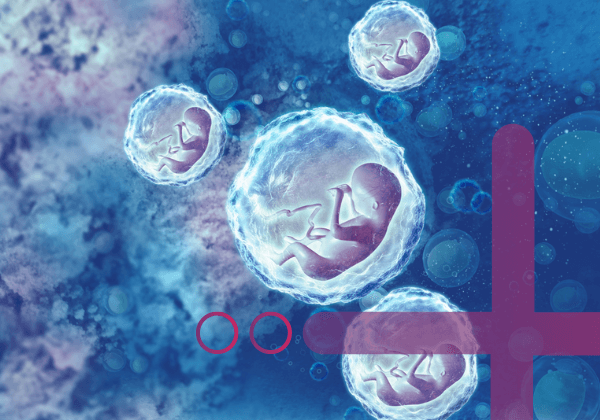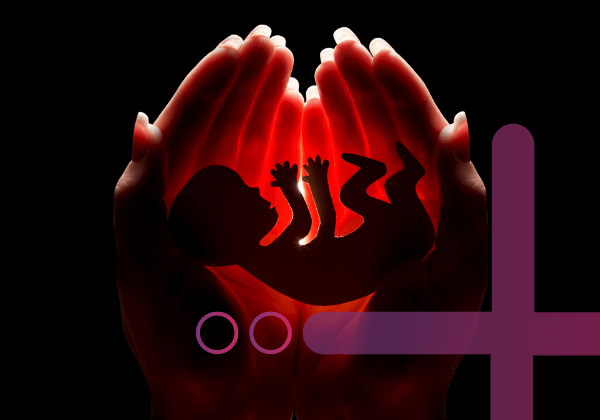Embryo Transfer
There are some situations where the couples have both male and female factor infertility. Where the woman doesn’t produce eggs, and the man does not produce sperm. In these cases, one can find a sperm donor and an oocyte donor and transfer the resulting embryo to the recipient’s uterus. This method is suggested for couples who know that they cannot get pregnant with either of their gametes.
In short, both the male would need a sperm donor, and the female would need an oocyte donor. These situations are summarised below:
Female:
- Women who undergo premature menopause and cease oocyte production or lack egg production because of a genetic predisposition, past illnesses, endometriosis and/or loss of ovarian tissue after surgery on ovaries.
- Recurrent miscarriage due to poor quality oocytes or embryos after repeated infertility treatments
- Infertile women whose use of drugs to induce ovarian stimulation are not allowed
Male:
- Diabetes or recurrent miscarriages are not considered to necessitate embryo donation.
- If sperm is not found in the ejaculate or testicular tissue
- A genetic disease that might be passed on to the children

WHO ARE EMBRYO DONORS ?
There are three types of embryo sources.
- Donor oocytes are fertilised with donor sperm, and the resulting embryos are transferred to the recipient’s uterus. This method has high success results.
- People in the donor program may want to donate excess embryos and have the recipient family share the costs. If this is arranged before the procedure, fresh embryos can also be transferred to the recipient.
- Couples who have excess frozen embryos resulting from IVF treatment, in general, may want to donate their embryos. Frozen embryos will be used in this situation, and because the freezing process compromises the embryos’ vitality, chances of pregnancy are lower than usual.
Criteria established for sperm and oocyte donation applies to embryo donation. The male should be between ____ years old, and the woman should be ___ years old. The donor family should show that they do not have a genetic or an infectious disease. Only the best quality embryos before freezing should be used as donor embryos.


Preparation of the recipient for donor embryo transfer:
The embryos are transferred when the endometrium is deemed ready through ultrasound examination. Preliminary tests done on the embryo recipient are similar to those of the oocyte recipient. Hysteroscopy might be necessary for the clinicians to view the endometrium in detail. Endometrial thickness is monitored through vaginal ultrasonography, and to achieve the best pregnancy rates, the endometrium should be at least 8mm. If the recipient menstruates regularly, the endometrium is prepared during a natural cycle or after suppressing menstruation using hormones. The recipient continues taking estrogen and Progesterone after the embryo transfer. If she does become pregnant, she will continue taking the hormones; if the pregnancy test is negative, she stops using the drugs, and even if she is menopausal, she will have menstrual bleeding within the week.

